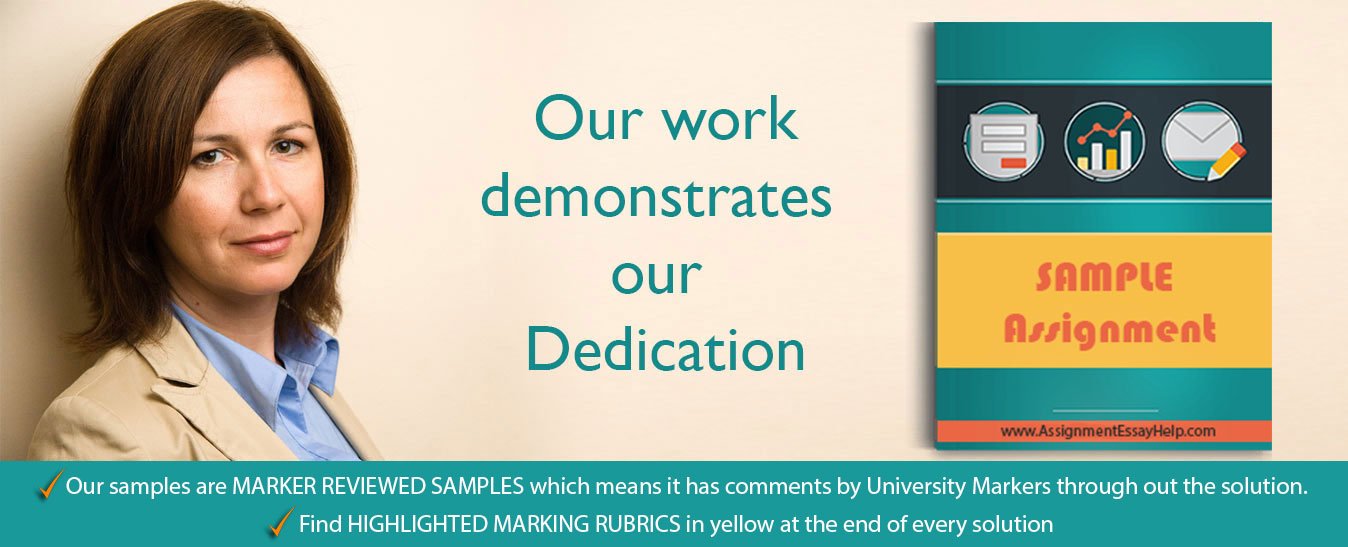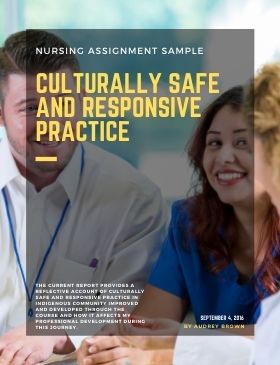
You can download the sample Nursing case study on Indigenous Australian Cultural Practices with the following question for free at the end of this page. For further assistance with Nursing Assignment help, please check our offerings in Nursing assignment solutions. Our subject-matter experts provide online assignment help to Nursing students from across the world and deliver plagiarism free solution with a free Turnitin report with every solution.
(AssignmentEssayHelp does not recommend anyone to use this sample as their own work.)
Nursing Assignment Questions
Students will develop an annotated bibliography focusing on a topic chosen from the list provided. The annotated bibliography will comprise a summary and evaluation of 5-7 peer reviewed journal articles relating to CALD peoples.
Further information will be provided in the first seminar.
You will firstly provide a brief but critical introduction to the topic followed by a review of the articles. Finally, you will provide a concise analysis outlining your argument (based on the literature reviewed) about a socio-cultural issue relevant to your selected population group
1500 words
Based on your critical analysis of the academic literature in Assessment 1, you will write a professional report for a human service agency. The report examines the topic that you identified in Assessment 1 and outlines strategies for providing culturally responsive and safe practice in your agency.
An outline of a report structure and style will be provided, along with profiles of selected human service agencies.
2500 words
This assessment is a written critical reflection of your experience of the learning journey towards culturally responsive and safe practice .You will make explicit links to how this learning impacts on your developing professional practice framework. You are encouraged to keep a learning journal throughout the semester to support this assessment item.
You will be shown a short video on a current Indigenous topic. After watching this resource and discussing the issues with your peers, you should reflect on your individual knowledge, beliefs and attitudes at the beginning of semester and how these may have changed over the course of semester and what challenges you may have confronted. You also need to make explicit links to how this learning will impact on your future professional practice and why this is important.
This reflection should be written in the first person; however, it needs to draw on relevant academic theory and literature. You are encouraged to keep a reflective journal throughout semester to note your learning and thoughts to help you complete this assessment piece.
1000 words
Read more in the complete solution PDF document at the end of this page.
Nursing Assignment Solution
INTRODUCTION
I would like to thank to the real owners of Australian land who gave me golden opportunity to broaden my horizon on culturally safe and responsive practice. The whole learning process was a guiding partner throughout my career as a social nurse working in the human rights domain. Prior to the commencement of course, in general my perception of culturally safe and responsive practice is limited respect to others religion and belief. But, it was during this course that dispelled many misconceptions improved my resilience towards conflicting interest and motivated me to make this as a career. The current report provides a reflective account of culturally safe and responsive practice in indigenous community improved and developed through the course and how it affects my professional development during this journey.
PRE CONCEPTION
Prior to the commencement of the course, my interest was mostly in the human rights domain and justice, which invoked me to take this course during my journey. I was well versed with oppression suffered by aboriginal and indigenous community in Australia as they had to survive years of colonial rule. It has also been cited in almost every literature about aboriginal and indigenous community. Therefore, a number of questions came up before the start of the course? Firstly, yes it is necessary to practice in a culturally safe and responsive environment, but why they can't be brought to mainstream life? What are the hurdles existing in this domain and why it is still difficult to practice in a culturally safe environment? Similarly, from the health statistics my perception on aboriginal and indigenous community was they must be heavy users of drugs and other substances, therefore any service in this domain need to be specialized and customized. This is also supported by different literatures that advocates specialized program launched especially for indigenous community (Mahara, Duncan, Whyte, & Brown, 2011). But with each and every learning session the perception changed as well as my practice standards.
EXPERIENCE DURING LEARNING
My experience with the learning process can be termed as reflective learning, as I was learning through new knowledge and comparing with my previous perception on indigenous community. Recognizing the bad phase through which indigenous community has gone through, the government of Australia and health and social care department devised many useful programs targeted towards the improvement of health and social status. The programs are designed to provide a safe and responsive environment for practice. In reality, the existence of the program not necessarily mean indigenous community enjoys the rights which they deserve. Years of oppression and discrimination has led to poor sociology-economic condition of the community. The fear of getting harassed, fear of getting isolated from own society and fear of losing near and dear ones makes them highly confidential. In order to make them aware of their rights, their share in Australian health it is necessary to develop a culturally responsive and safe practice environment. The incidences of substance abuse, alcohol and other preventable risk factors are high in indigenous communities. But the root causes are far more complex than apprehended prior to course commencement (Bessant & Watts, 2007).
It is not only, unemployment and poverty which forces them to move towards a dark future, but also inability to access health care services and poor knowledge on health that makes them reserved in their own thought domain. Throughout the course, many imperative findings were made which revealed the essence of culturally safe practice and how it is practiced. Before the study, a thought that always disturbed me was if the government has designed elaborate programs to improve their condition, where is the gap why they are unable to take advantage of such programs (Lawrence & Lawrence, 2004).
Through learning experiences it became evident; the indigenous community has limited access to services. Nursing community practicing in urban settings has a stereotype attitude towards the indigenous community that forces indigenous community to stay in their community. Non-acceptance of their health care belief also leads to conflict with the indigenous community patients which further expand the gap. In order to make them aware of services, it is essential to provide a culturally safe environment. It is only through safe practice, the trust can be built with indigenous community that will help in bridging the gap. The framing and designing of programs was perceived to be government job that includes bureaucrats and health care officers. In reality, the programs are designed through involvement of the indigenous community. Until and unless, the community is empowered it is not feasible to build culturally safe and responsive environment for practice (Harrison, 2014).
Although I was aware of different health care issues and socioeconomic issues faced by indigenous community, I had no clear idea how to reduce these incidences through a culturally safe and responsive practice. In order to build an environment of culturally safe and responsive practice it is essential to look from a broader perspective rising above individual perspective. For an example- feeding a child with food or providing some financial help to his/her family might help for a short period of time. But this is not a sustainable solution. The real issue is unemployment, no education and superstitions due to ignorance that led to such situation……..
(Some parts of the solution has been blurred due to privacy protection policy)


 WhatsApp Us
WhatsApp Us